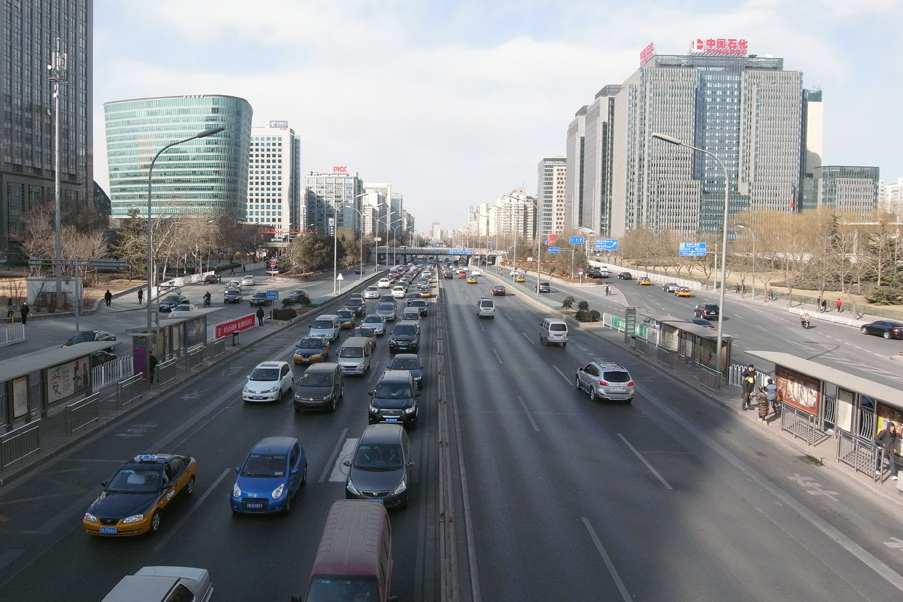New Measures to Curb Car Congestion
A report by the Academy of Social Sciences ranked Beijing first among the cities most affected by traffic jams. 5 million cars circulated in the capital in 2011 (it was 1 million in 1997), 800,000 of which were vehicles purchased in 2010. The extreme situation in the capital has pushed the government to implement measures to restrict the number of vehicles sold. Since January 2011, a monthly lottery has distributed permits authorizing people to purchase vehicles. The number of permits distributed by the lottery is limited to 20,000 per month. According to the International Business Times, the government saw an immediate increase in the use of public transport from January to March 2011. But in August, the number of participants in the lottery reached 1.05 million (it was 110,000 in January 2011), a number that makes the chances of obtaining a permit extremely small: only 1 out of every 53 applicants are able to purchase a car. The system has led to the creation of a black market for the resale of secondhand permits, where these coveted documents can go for as much as 150,000 yuan. Shanghai is also making efforts to limit its number of cars, but has instead opted for a system of registration auctions. The solution is acceptable for urban planners and environmentalists, but has raised some discontent among city dwellers because of the exponential price of car license plates. Record levels were reached last May when one licence sold for 64,367 yuan.
Professor Li Zheng, a researcher at Tsinghua University, expressed to China Daily the need to extend these measures to effectively reduce the numbers of cars of China’s roads. The city of Guangzhou has recently followed the example of Beijing and Shanghai by limiting its car purchases to 10,000 per year. Each of these cities has also invested billions in the construction of public transport. The construction of new parking spaces is also planned: the IOL reports that Beijing has 2.48 million parking places today. Yet buying a parking spot in a residential area or complex could be as much as 300,000 yuan, even in the outlying suburbs of the capital. The new five-year plan for Beijing has even proposed the implementation of London’s congestion tax in the capital, wherein cars that wish to enter high-density areas in the central city would be charged a fee in accordance with the time of day and congestion in the area.
Authorities are hoping to begin to focus on long-term urban development solutions, avoiding a kind of frenzied growth that sacrifices both quality of life and environmental concerns. For Ma Jun, director of the Institute of Public and Environmental Affairs, being able to listen to the public when they express their frustrations at a hostile urban environment (see the revolts of Ningbo, Dalian or Shifang) indicates the beginning of a broader transition. The limitations placed on the purchase of cars, which is a big sacrifice, would be the first step towards an urbanism fully integrating environmental factors and the health of city dwellers. The extreme examples of Beijing, Shanghai and Guangzhou are still isolated, but it appears that no one wants to see the same dire situation spread to the rest of the country, which has 114 million vehicles and 17 cities holding more than a million cars.
-
2012/11/22

-
Beijing

-
Modu Team


the other map
Explore arrow
arrow
loading map - please wait...




